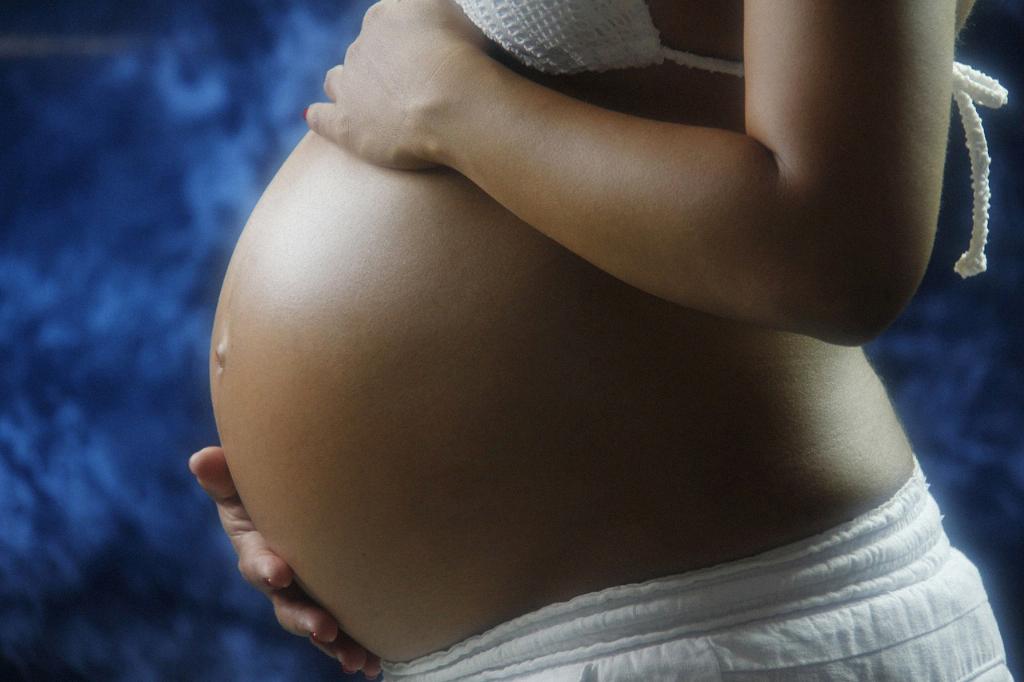When it comes to the beginning of labor pain, it’s important to understand the physiological processes that take place in the body. Labor pain starts as a result of the muscles of the uterus contracting. These contractions are essential for the process of childbirth, helping to push the baby down the birth canal towards delivery.
One of the primary causes of labor pain is the pressure exerted on the cervix as it begins to dilate. The cervix, which is located at the lower end of the uterus, starts to open up to allow the baby to pass through. This stretching and widening of the cervix can trigger intense sensations of discomfort and pain for the mother.
As labor progresses, the contractions become more frequent and intense, causing the pain to intensify. The muscles of the uterus work harder and more efficiently to push the baby downwards, leading to strong cramping sensations that are often described as similar to menstrual cramps but much more intense.
Aside from cramping in the abdomen, labor pain can also manifest as aching sensations in the lower back and groin area. These areas bear the brunt of the pressure and strain from the contractions, contributing to the overall discomfort experienced during labor.
It’s worth noting that every woman’s experience of labor pain is unique, and the intensity and location of the pain can vary from person to person. Some women may feel pain radiating to their sides or thighs, adding to the complexity of the sensations that accompany childbirth.
For some women, the onset of labor pain may be gradual, starting off as mild discomfort before progressing to more pronounced sensations of pressure and cramping. Others may experience more sudden and intense pain right from the beginning, depending on individual factors such as the position of the baby and the mother’s pain threshold.
As labor pain begins, the body releases hormones such as oxytocin and endorphins to help manage the discomfort. Oxytocin plays a crucial role in regulating contractions and promoting the progression of labor, while endorphins act as natural pain relievers, helping to dull the intensity of the sensations.
Throughout the labor process, breathing techniques, relaxation exercises, and other coping mechanisms can be employed to help women manage the pain more effectively. Staying in tune with one’s body and working with the contractions rather than against them can make a significant difference in how labor pain is experienced.
It’s important for women to communicate their pain levels and preferences for pain relief with their healthcare providers during labor. Various options, ranging from natural methods like massage and water therapy to medical interventions such as epidurals, are available to help women navigate the challenges of labor pain in a way that feels right for them.
In conclusion, labor pain begins as a result of uterine contractions and pressure on the cervix, leading to sensations of cramping and discomfort in the abdomen, back, and other areas of the body. Understanding the physiological processes at play and employing effective pain management strategies can empower women to navigate the journey of childbirth with confidence and strength.

